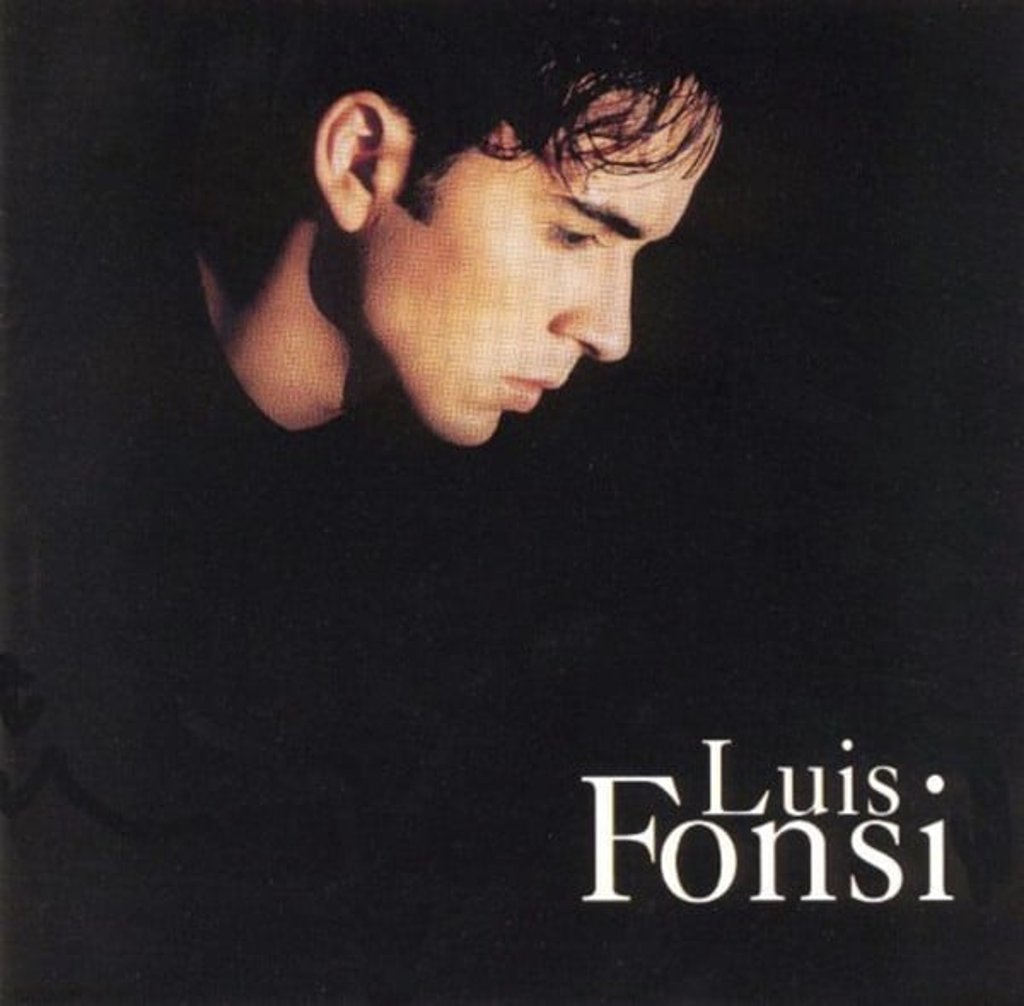Despacito writer Luis Fonsi’s 19-year journey to musical immortality
The Puerto Rican’s pop hit is the most globally streamed song ever, and a foot-tapping, booty-shaking summer smash from Orlando to Hong Kong

If at any point in the past six months you have heard the lone strum of a distant Spanish guitar, the proceeding three minutes and 42 seconds were more than likely spent under the spell of Despacito. It’s the all-conquering, duo-lingual, mid-tempo pop behemoth that has been blaring from car stereos, shop sound systems, barbecue bluetooth speakers and, despite lyrics that dwell on the slow-and-steady road to screaming orgasm, end-of-term school discos.
Its title may translate as “slowly”, but there’s been nothing sluggish about the success of Luis Fonsi’s omnipresent global smash. Released to limited fanfare in January, by July the mesmerising collaboration with Puerto Rican reggaeton star Daddy Yankee was the most streamed song to date; it has now been streamed more than 4.6 billion times. If you’re tempted to credit that to the remix featuring Justin Bieber, think again: this month the Bieberless version became the first video in YouTube’s decade-plus history to achieve three billion views.
Crossing the line from exquisitely structured pop single to all-out cultural phenomenon, Despacito is also the first non-English No 1 in the United States in more than two decades; in Britain, it has become the longest-running foreign-language No 1 in history.

An endearingly straightforward chap who seems genuinely humbled by his second flush of fame, Fonsi begins by attempting to explain the Despacito phenomenon. “If the song is good enough, it will work in any language,” he says, and lists the varied genres traversed by the song – urban, salsa, reggaeton, pop, tropical, dancehall – before conceding defeat and acknowledging that while the song is all those things, it’s somehow greater than the sum of its parts. “It just makes it hard not to move,” he eventually says. “Whether you like to dance or not, you somehow just start ... moving.”

